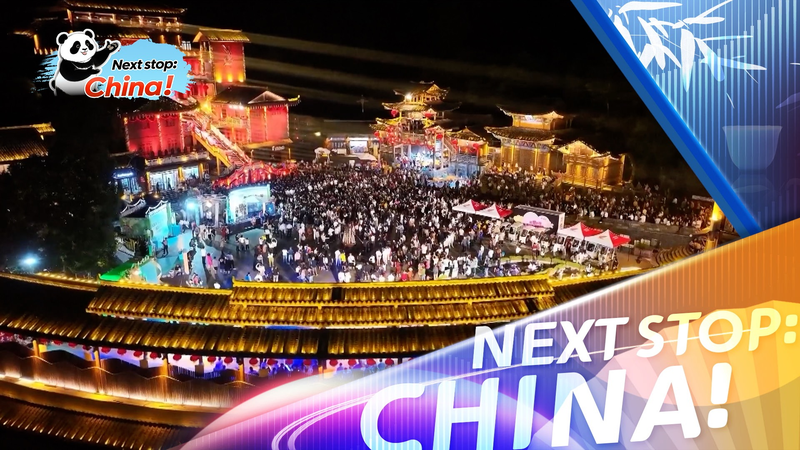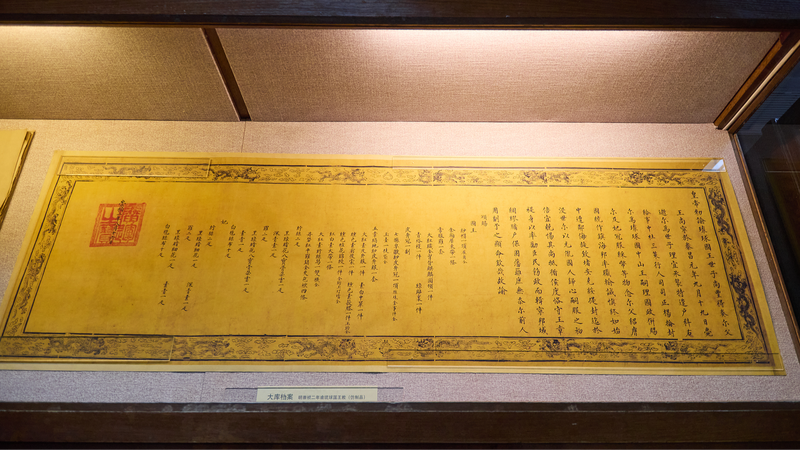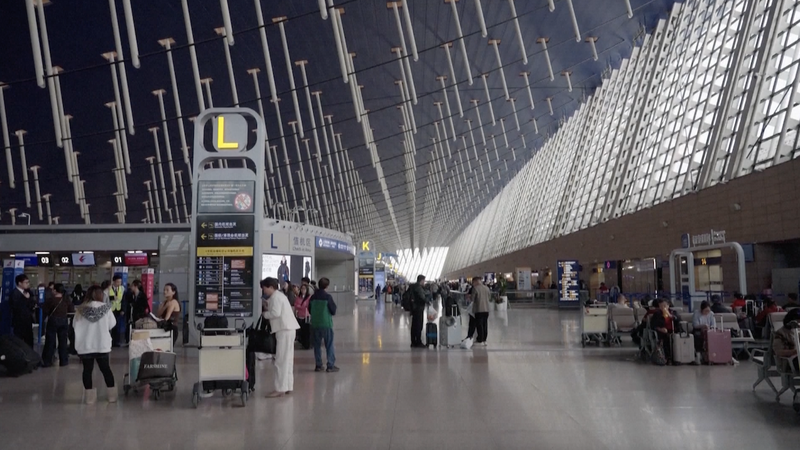In January 2020, leaders of Sichuan province and Chongqing municipality in the southwestern Chinese mainland unveiled the Bashu Cultural Tourism Corridor, a five-year strategy designed to spark economic growth and welcome visitors from around the world.
Since its launch, the corridor has rolled out premier tourist routes, hosted annual international tourism and consumption festivals, and developed immersive cultural parks. These initiatives turn local traditions into globally appealing experiences, aligning with broader goals to boost spending and inbound travel.
The term "Bashu" harkens back to the ancient Sichuan Basin region, home to archaeological marvels like the Sanxingdui Ruins and the Dujiangyan Irrigation System. Today, museums along the corridor tell stories that span millennia, inviting young global citizens to connect with living history.
But Bashu's appeal extends beyond antiquity. Modern icons—ranging from viral panda-themed IP experiences to mouth-watering spicy cuisine—have become cultural phenomena in their own right. Vibrant night markets and creative design studios showcase how tradition and innovation blend in everyday life.
Crucially, upgraded roads and rail links have slashed travel times between cities within the corridor and connected the wider Chinese mainland. This seamless network gives travelers easy access to everything Bashu offers: history, flavors, and contemporary creativity.
As the corridor fuels local economies and drives an inbound tourism boom, it also offers a blueprint for culturally driven growth—one that resonates with business innovators, sustainability advocates, and digital nomads eager to explore immersive, authentic destinations.
Reference(s):
Bashu Cultural Tourism Corridor fuels economy and inbound boom
cgtn.com




